CoolSculpting is a leading non-surgical fat reduction treatment that uses cryolipolysis (controlled cooling) to freeze and eliminate targeted fat cells, offering effective results with minimal downtime. It's suitable for problem areas like the abdomen, love handles, thighs, and arms, where other methods struggle. However, it may not be ideal for active individuals or those with weight fluctuations. Consulting a healthcare provider is crucial to determine eligibility. CoolSculpting provides a safer alternative to liposuction with potential long-lasting results, making it a compelling option in the non-surgical fat reduction comparison.
“Discover the transformative power of CoolSculpting, a non-surgical fat reduction method gaining popularity. This innovative approach offers a safe and effective way to target stubborn fat areas without incisions or prolonged recovery. Our comprehensive guide delves into the science behind CoolSculpting, exploring its numerous benefits while also highlighting potential drawbacks.
From understanding the treatment process to comparing it with traditional liposuction, this article is your one-stop resource for making an informed decision about non-surgical fat reduction options.”
Understanding CoolSculpting: A Non-Surgical Approach to Fat Reduction
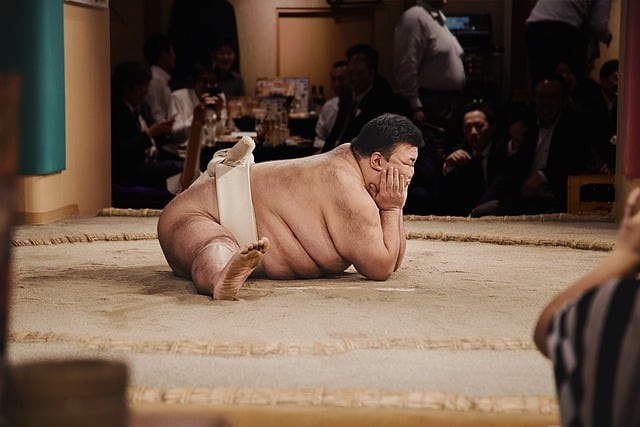
CoolSculpting is a groundbreaking non-surgical fat reduction treatment that has taken the beauty industry by storm. This innovative procedure offers a safe and effective alternative to traditional liposuction, appealing to those seeking a more gentle approach to shedding unwanted fat. Unlike surgical procedures, CoolSculpting does not involve incisions or general anesthesia, making it an attractive option for individuals who prefer minimal downtime and reduced recovery risks.
The process utilizes advanced cryolipolysis technology, where targeted cooling is applied to specific areas of the body containing fat cells. This controlled cold exposure selectively crystallizes and disrupts these fat cells, causing them to be eliminated naturally by the body over time. One of its key advantages is the ability to target stubborn fat in problem areas like the abdomen, love handles, thighs, and arms, providing a non-invasive comparison for those considering surgical alternatives.
How Does CoolSculpting Work: The Science Behind the Treatment
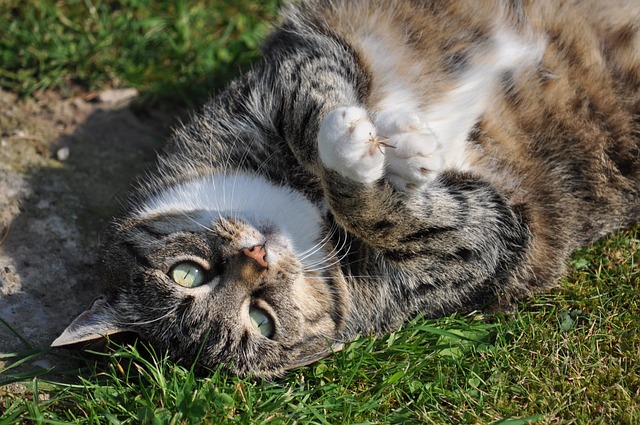
CoolSculpting is a non-surgical fat reduction treatment that utilizes cryolipolysis, a process that freezes and eliminates targeted fat cells. During the procedure, a cooling device is applied to the problem area, where it cools the fat to temperatures below -13°F (-25°C). This extreme cold triggers the destruction of fat cells while leaving nearby tissues unharmed. Over time, these damaged fat cells are naturally eliminated from the body through metabolic processes and waste removal systems, resulting in reduced fat in the treated area.
Compared to other non-surgical fat reduction methods, CoolSculpting stands out for its targeted approach and minimal downtime. Unlike laser or radiofrequency treatments that heat up the skin, CoolSculpting uses cold to precisely target and destroy fat cells, making it a safe option for individuals looking to reduce stubborn fat without surgery or invasive procedures.
Pros: Exploring the Benefits of CoolSculpting for Fat Loss
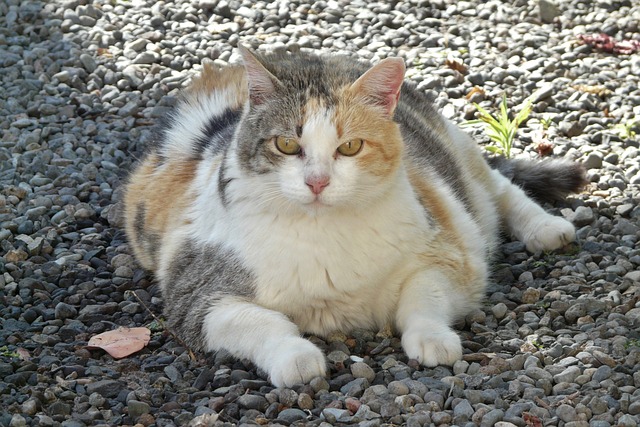
CoolSculpting offers a unique approach to non-surgical fat reduction, attracting those seeking an effective solution for targeted fat loss. This innovative procedure utilizes cryolipolysis, a process that cools and crystallizes fat cells, leading to their destruction and subsequent elimination by the body’s natural metabolic processes. One of its key advantages lies in its ability to target specific problem areas without affecting surrounding healthy tissue, making it a safer alternative compared to surgical options.
Compared to other non-surgical fat reduction methods, CoolSculpting stands out for its convenience and minimal downtime. Patients can experience results over several weeks as the body metabolizes the destroyed fat cells. This gradual process allows for natural-looking improvements without the risks associated with invasive surgeries. Its non-invasive nature makes it an appealing choice for individuals conscious of avoiding incisions or extensive recovery periods, providing a simpler path to achieving desired body contours.
Cons: Uncovering Potential Drawbacks and Side Effects

While CoolSculpting is a popular non-surgical fat reduction method, it’s important to understand its potential drawbacks and side effects before proceeding with treatment. Unlike surgical procedures that come with clearly defined risks and recovery periods, CoolSculpting has a different set of considerations. One notable con is that it may not be suitable for everyone; individuals with certain medical conditions or those taking specific medications might not qualify for this procedure.
Additionally, while results vary from person to person, some individuals may experience temporary discomfort, swelling, bruising, and numbness at the treatment site immediately after the procedure. In rare cases, more severe side effects such as skin irritation or changes in skin sensation have been reported. It’s crucial to discuss these possibilities with a qualified healthcare provider before undergoing CoolSculpting to ensure it aligns with your personal health profile and expectations.
Target Areas: Where CoolSculpting is Most Effective

CoolSculpting is a non-surgical fat reduction treatment that has gained popularity due to its effectiveness and minimal downtime. When it comes to target areas, CoolSculpting excels in reducing fat in specific zones that are often challenging to tone through traditional exercise and diet alone. These include the abdomen, love handles, outer thigh, and back of the arms. The treatment works by using controlled cooling to freeze and destroy fat cells, which are then naturally eliminated from the body over time.
Compared to other non-surgical fat reduction methods, CoolSculpting stands out for its precision and safety. It offers a targeted approach, allowing for more effective results in specific problem areas. Unlike some alternative treatments that may involve heating or invasive procedures, CoolSculpting is non-invasive, making it suitable for individuals seeking a less dramatic but still effective solution for fat reduction.
Comparisons: CoolSculpting vs. Traditional Liposuction

CoolSculpting and traditional liposuction are both popular non-surgical fat reduction procedures, but they differ in key aspects. CoolSculpting uses cryolipolysis to freeze and destroy fat cells, making it a preferred choice for those seeking a less invasive alternative to surgery. This procedure is often considered ideal for treating smaller areas like the love handles or belly bulges.
In contrast, liposuction involves surgically removing fat cells using suction, which can be effective for more extensive fat reduction. While liposuction offers quicker results and can handle larger areas, it carries risks associated with any surgical procedure, including potential complications and downtime. The non-surgical nature of CoolSculpting makes it a safer bet for many, particularly those who may not be suitable candidates for surgery due to health conditions or lifestyle factors.
Candidate Eligibility: Who is a Good Fit for CoolSculpting?
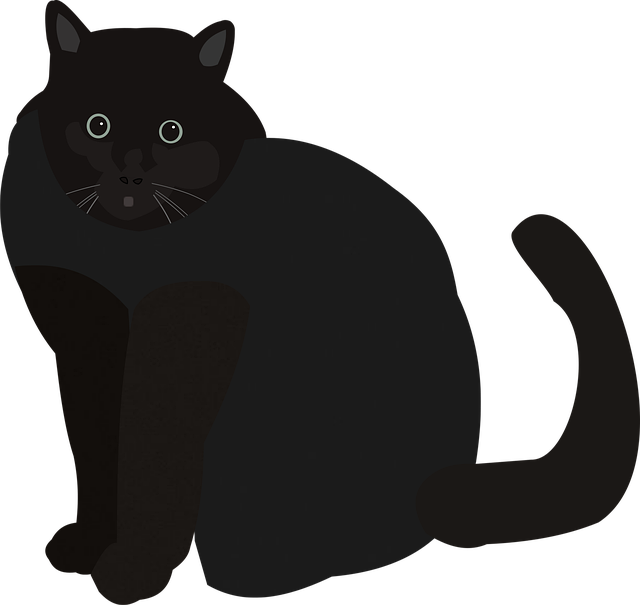
CoolSculpting is a popular non-surgical fat reduction treatment, but not everyone is a good candidate for this procedure. The ideal candidates are individuals with specific areas of fat accumulation, typically along the abdomen, love handles, upper arms, or outer thighs. It’s important to note that CoolSculpting is not recommended for people who have active lifestyles or significant weight fluctuations, as it targets and freezes fat cells in a static state.
Before undergoing CoolSculpting, individuals should consider their medical history, current health, and lifestyle habits. This treatment may not be suitable for those with certain medical conditions, such as cold sensitivity or immunodeficiencies, or for pregnant or breastfeeding women. A consultation with a qualified healthcare professional is essential to determine eligibility and ensure the best results from this non-surgical fat reduction comparison option.
Procedure Details: What to Expect During and After Treatment

CoolSculpting is a non-surgical fat reduction procedure that uses cryolipolysis to freeze and eliminate unwanted fat cells. During the treatment, a specialist applies a gel pad to the targeted area, which is then cooled to extremely low temperatures. This process kills the fat cells while leaving surrounding tissues unharmed. Patients can expect mild discomfort during the cooling phase but no pain afterward.
After the procedure, it’s common to feel some numbness or tingling in the treated areas for a few days. You may also notice swelling and bruising, which typically subside within a week. Results usually become visible after about 3-4 weeks as the body eliminates the destroyed fat cells. Comparatively, this method offers a less invasive alternative to surgical options, making it an appealing choice for those seeking a non-surgical approach to fat reduction.
Long-term Results: Sustaining Fat Loss with CoolSculpting
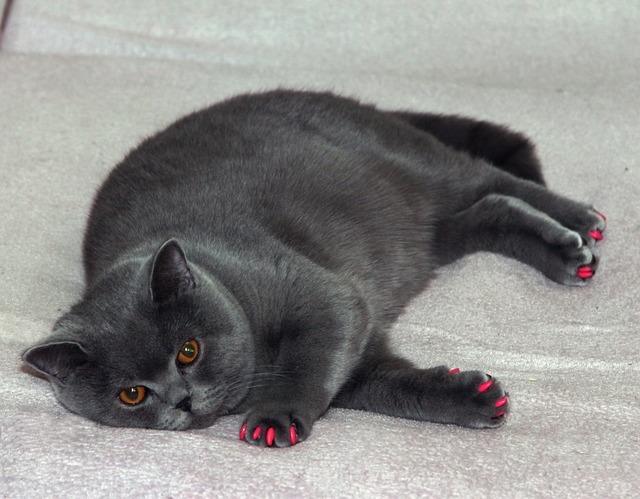
CoolSculpting offers a unique approach to non-surgical fat reduction, providing long-lasting results for those seeking to trim away stubborn areas of fat. Unlike other treatments that may deliver immediate but temporary effects, CoolSculpting freezes and eliminates fat cells, leading to a sustainable reduction in body fat percentages over time. This method is particularly beneficial for individuals who have tried diet and exercise without achieving their desired outcomes.
One of the key advantages lies in its ability to target specific areas, allowing patients to choose exactly where they want to see results. Studies show that CoolSculpting’s effects can be long-term, with many patients experiencing maintained fat loss even after several months or years post-treatment. This makes it a compelling option when comparing non-surgical fat reduction procedures, ensuring patients can achieve and maintain their desired physique without the need for repeated treatments.
